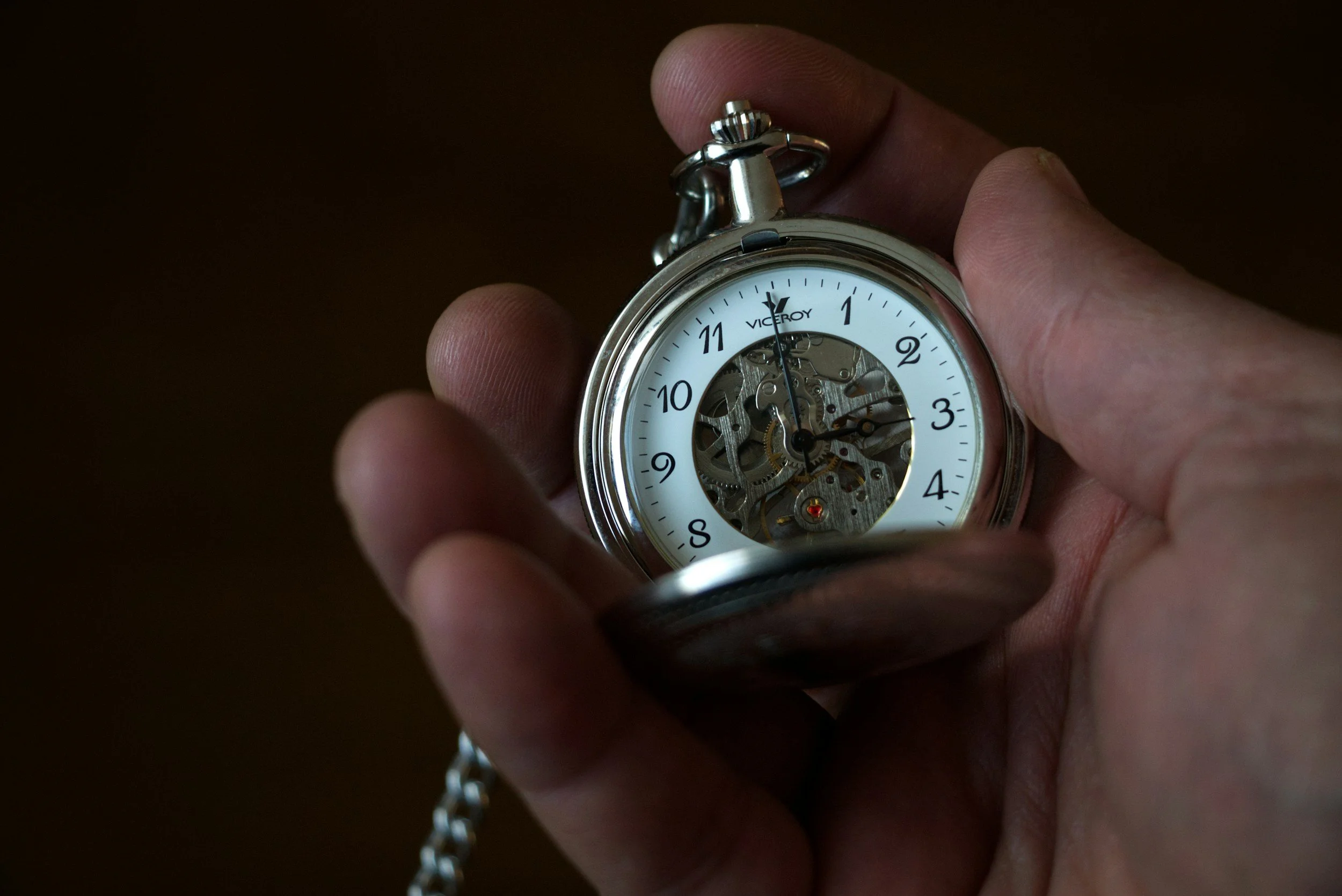What to do When You Have to Practice-Cram
Did you see Friday’s post about coming back to your instrument after a break? If not, you can find it here.
Truth be told, I don’t always have the luxury to ease back in. When that happens, it’s still helpful to start with short sessions, I just do them more often, multiple times a day.
The first goal is to get the horn in my face, even though I know it’s not going to be pretty or feel particularly good. I try to distract myself with mini-challenges - like playing through to the end of an etude, playing along with a recording or finishing a scale cycle - all the while knowing that the discomfort is temporary and staying mindful to come back to neutral as often as possible.
The second goal is to connect with how I want my body to move and feel as I’m playing. I may spend a minute on how I want my fingers to feel, the shape and texture of the keys and how much pressure I want to use. I may spend another minute “feeling into” the physical movement of going between two notes - the spread of each finger, the rotation of my wrist, releasing tension in my shoulders during the shift. I may then move on to releasing tension in my embouchure at the beginning of a note, and then again at the end of a phrase.
All the while, I’m resting in between phrases, letting my mind get curious and coming up with a specific, simple direction for the next bit of playing that connects my body to the music.
I know, I won’t be this mindful about the whole practice session, because, you know - the pressure of feeling like you have only a short amount of time to get back into shape is a powerful stress stimulus. But, spending a few minutes on intentionally connecting with my body while I am playing makes it easier to come back to again and again.
If I can’t get rid of practice-cramming altogether, I can at least make it more efficient while making sure I don’t injure myself.

